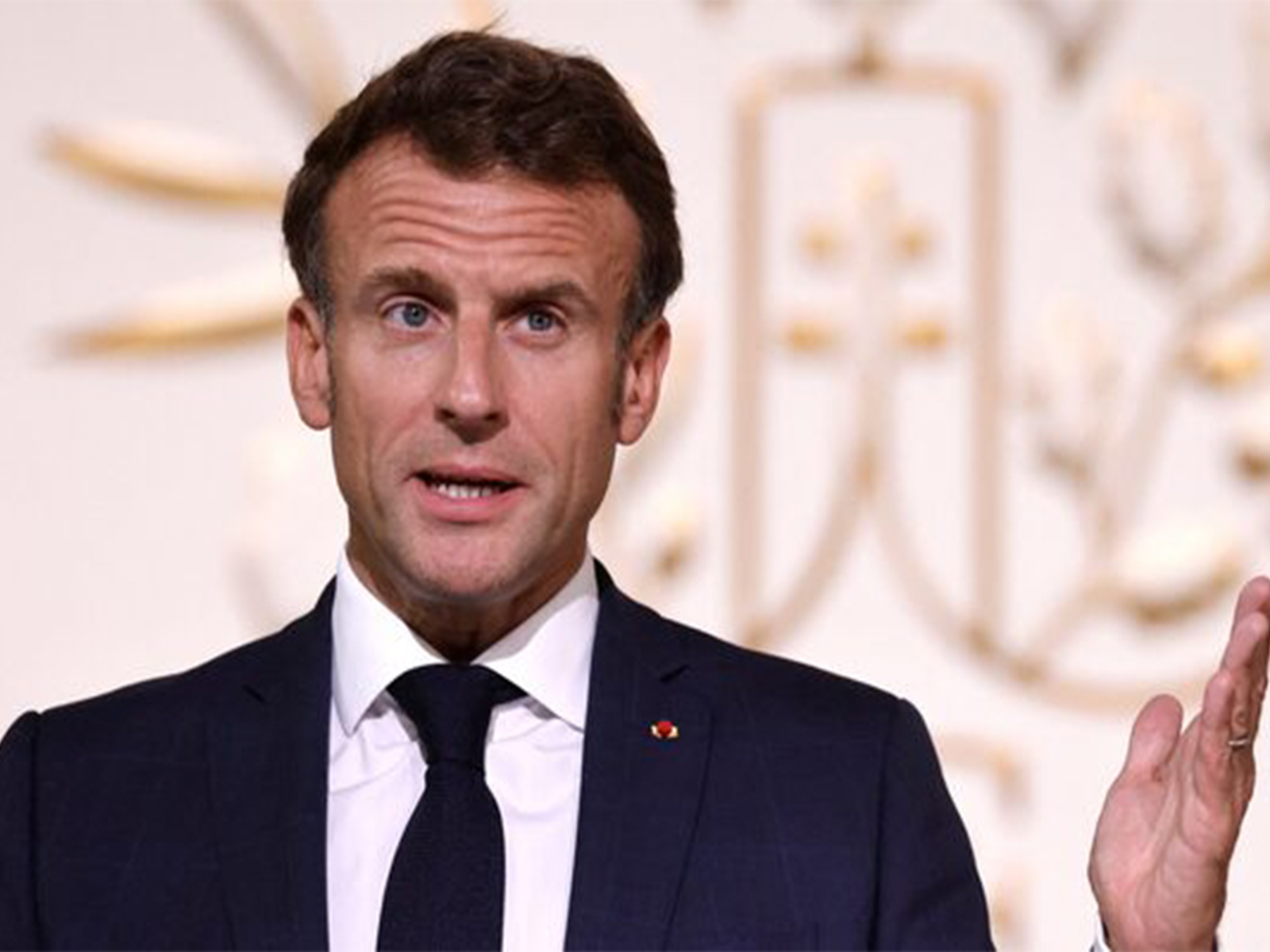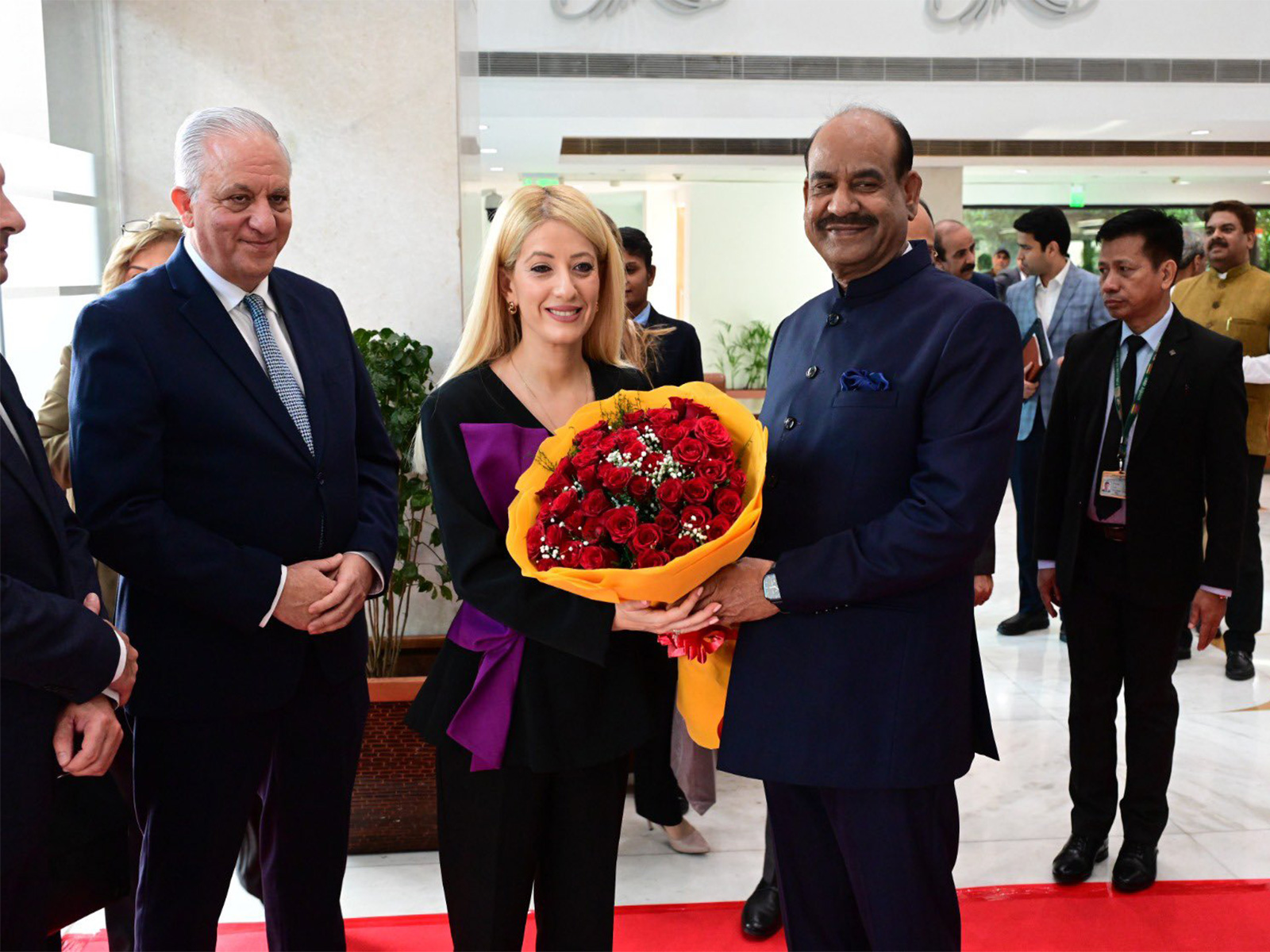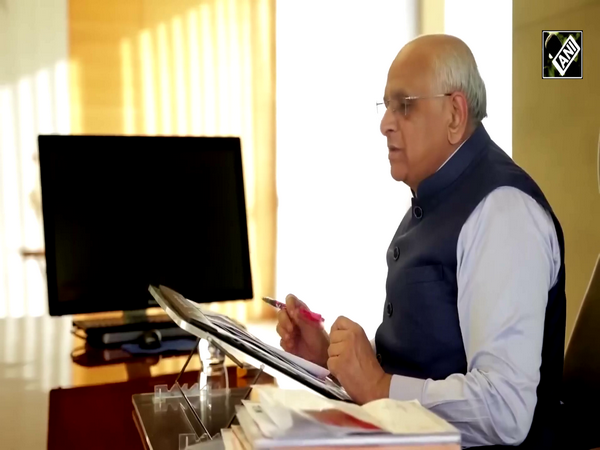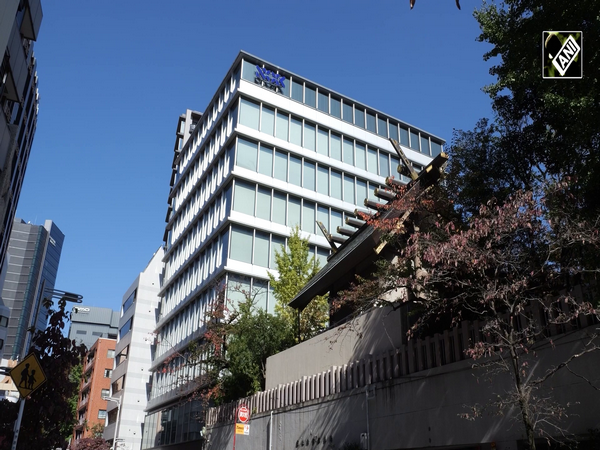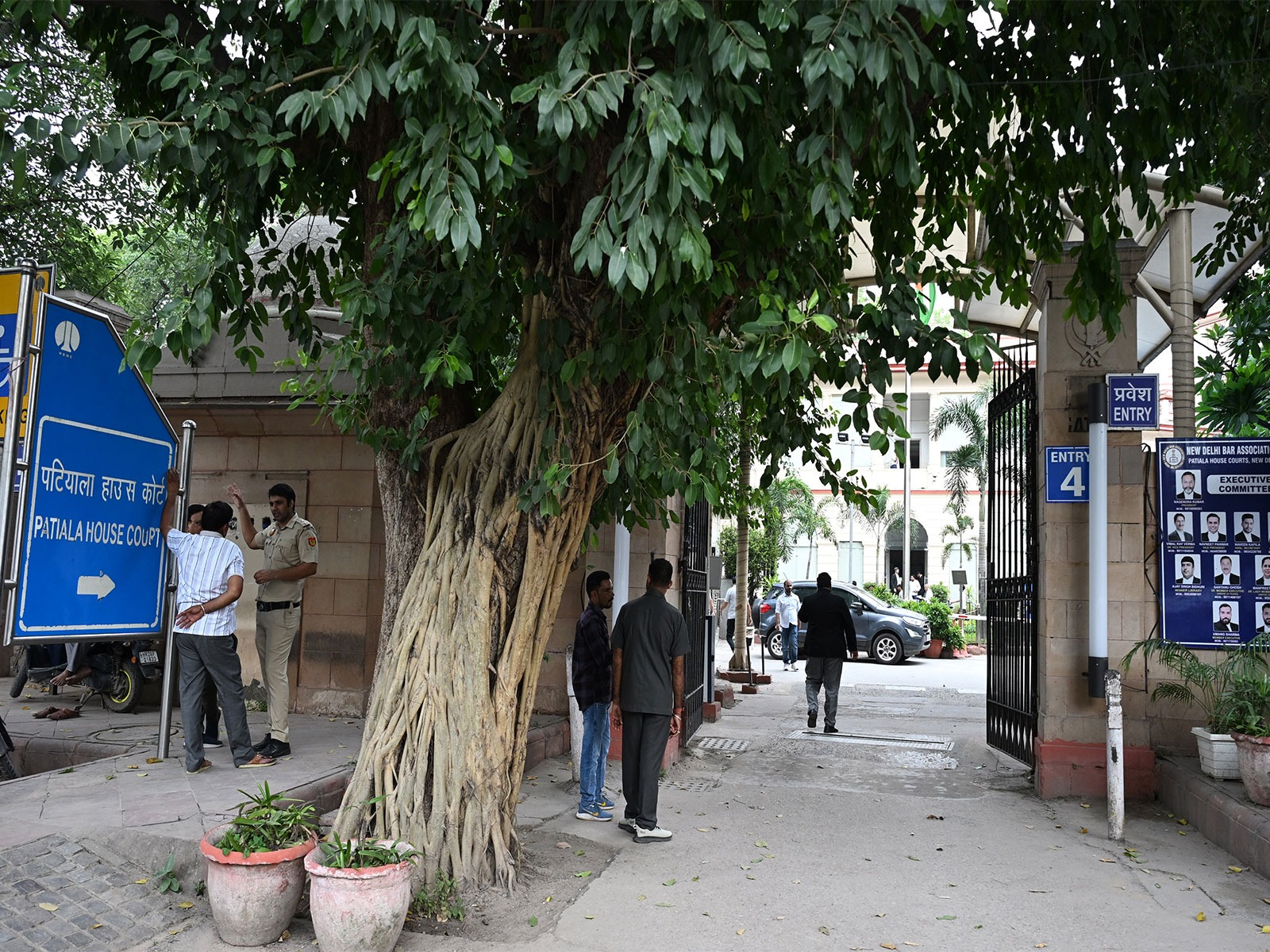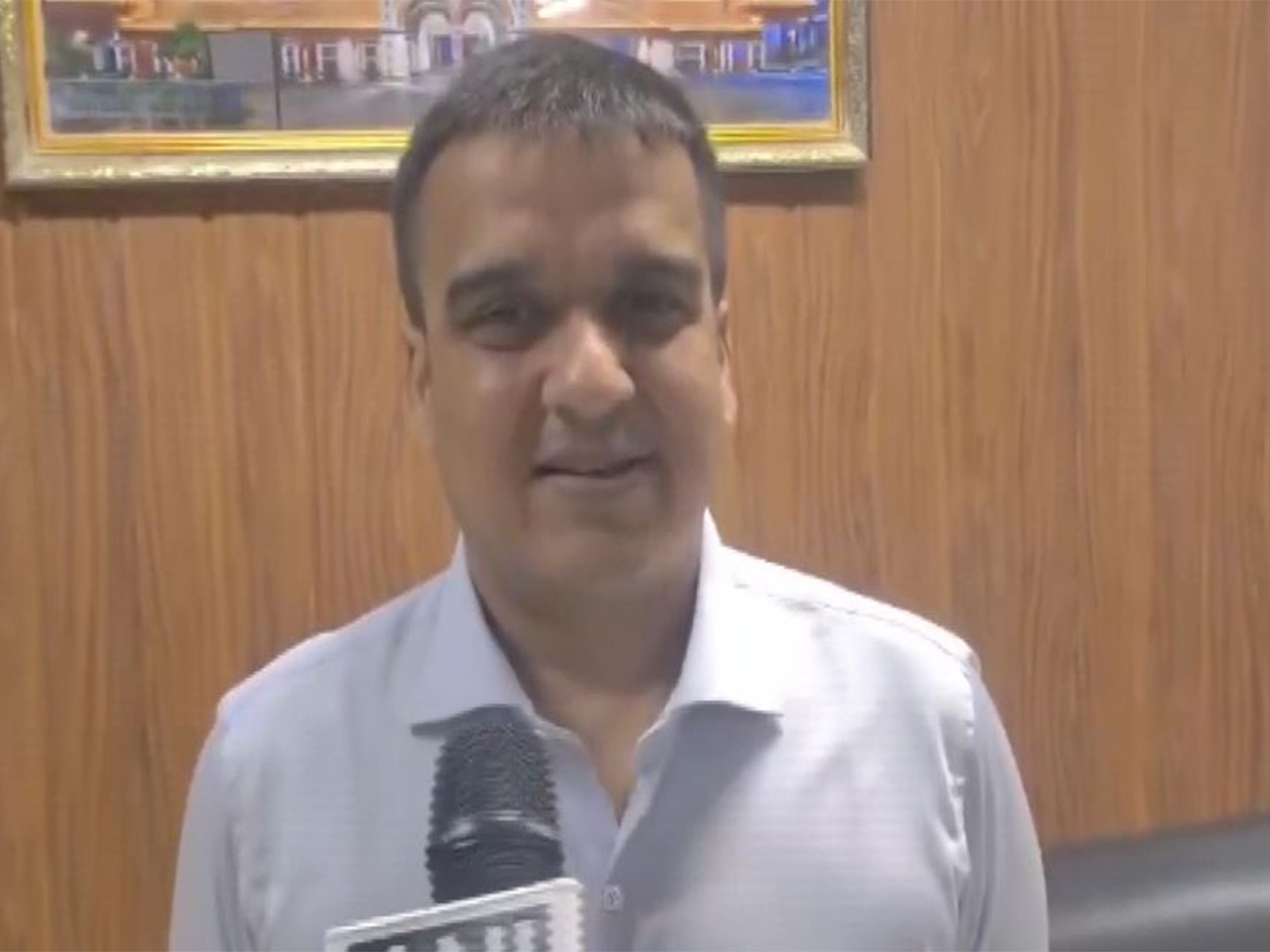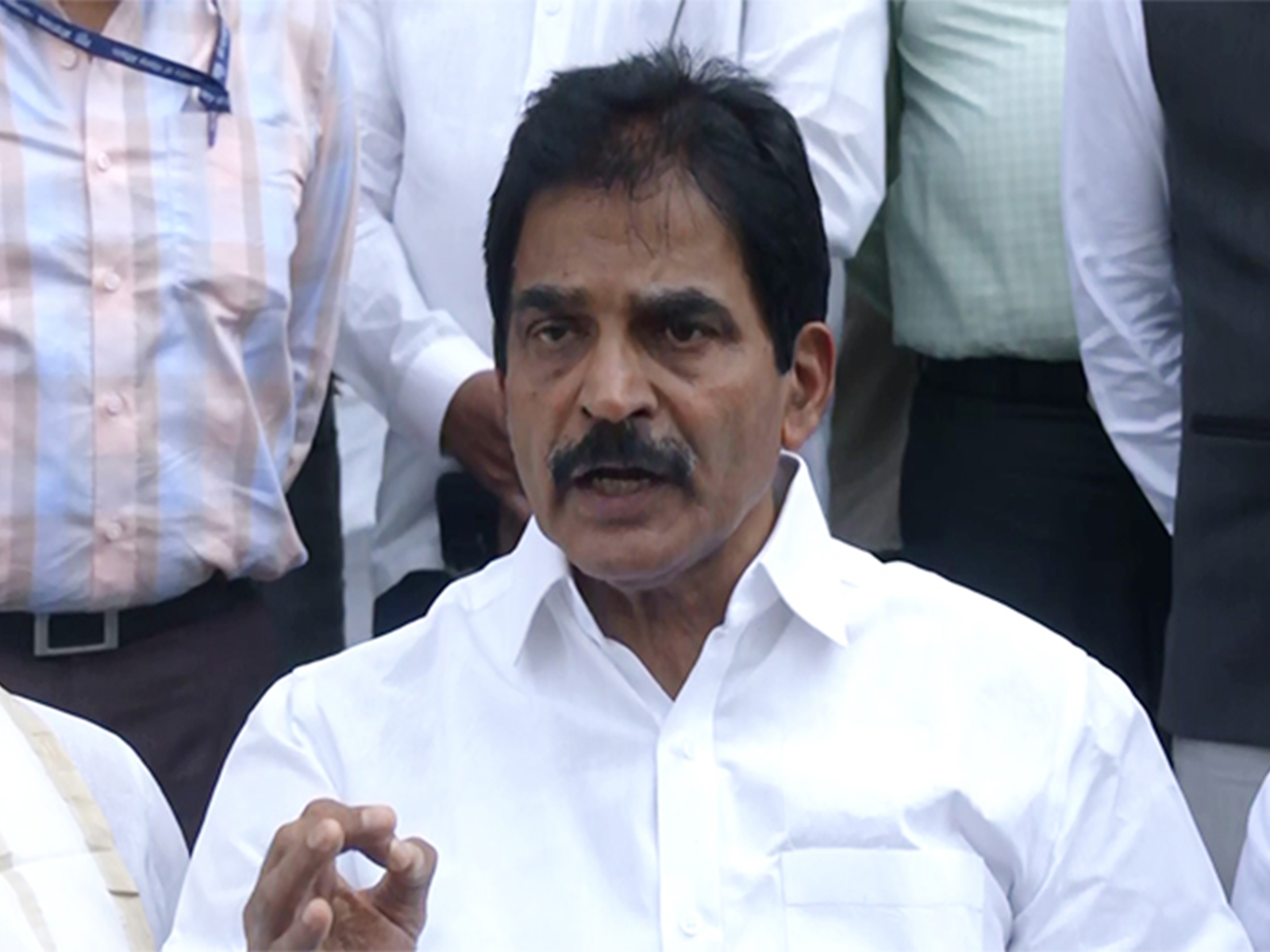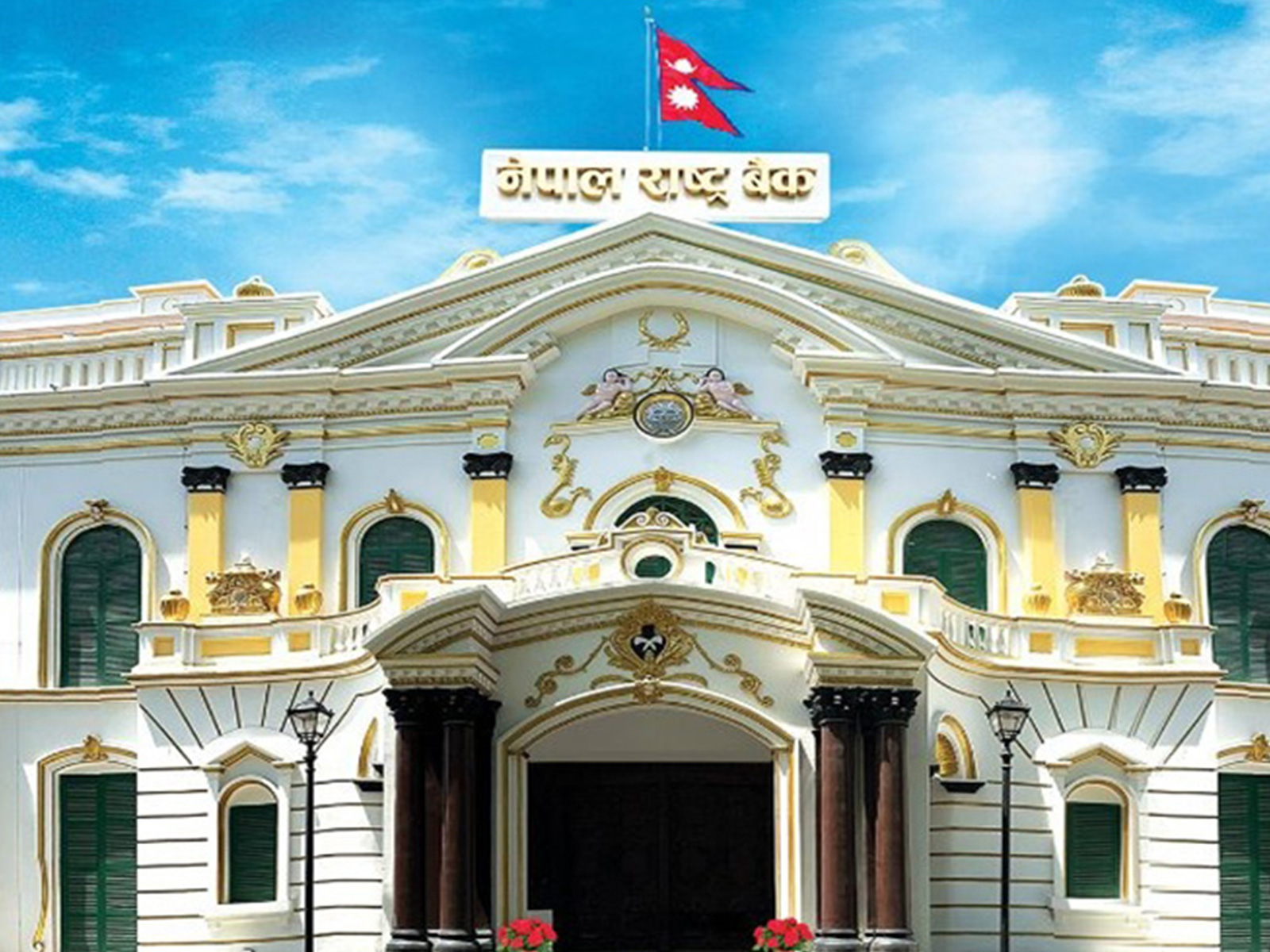
Nepal issues new NPR 100 banknote featuring updated map including Indian territories
Nov 27, 2025
By Binod Prasad Adhikari
Kathmandu [Nepal], November 27 : Nepal on Thursday issued its new banknote for the NPR 100, featuring an updated map that includes Indian territories of Lipulekh, Limpiyadhura, and Kalapani.
The bank note came into circulation from today.
In a public notice, Nepal Rastra Bank (NRB), the central bank of the Himalayan nation, stated that the newly introduced NPR 100 note was designed to include "refined security and identification elements to enhance authenticity and usability".
In October last year, the NRB entrusted a Chinese company with printing the new banknotes.
The design of the NPR 100 denomination was approved by the Nepalese Cabinet during a meeting led by the former Prime Minister KP Sharma Oli in May 2024.
The contract for printing was awarded to China Banknote Printing and Minting Corporation.
On May 20, 2020, Nepal issued a new map incorporating Limpiyadhura, Lipulekh, and Kalapani through a constitutional amendment.
India had firmly rejected the Nepal move and said Nepal governent has released a revised official map that includes parts of Indian territory.
"This unilateral act is not based on historical facts and evidence. It is contrary to the bilateral understanding to resolve the outstanding boundary issues through diplomatic dialogue. Such artificial enlargement of territorial claims will not be accepted by India," India's Ministry of External Affairs had said in its response on May 20.
"Nepal is well aware of India's consistent position on this matter and we urge the Government of Nepal to refrain from such unjustified cartographic assertion and respect India's sovereignty and territorial integrity. We hope that the Nepalese leadership will create a positive atmosphere for diplomatic dialogue to resolve the outstanding boundary issues," the statement noted.
India had in August this year also rejected Nepal's objection to the resumption of India-China border trade through the Lipulekh Pass.
"Our position in this regard has been consistent and clear. Border trade between India and China through Lipulekh Pass had commenced in 1954 and has been going on for decades. This trade had been disrupted in recent years due to COVID and other developments, and both sides have now agreed to resume it. As regards territorial claims, our position remains that such claims are neither justified nor based on historical facts and evidence. Any unilateral artificial enlargement of territorial claims is untenable," Ministry of External Affairs spokesperson Randhir Jaiswal had said.
Under the Nepal Rastra Bank Act, the NRB is responsible for designing the notes, though any changes to the design or size of the notes require government approval.
The new note features Mount Everest on the left side and a watermark of the Rhododendron--the national flower of Nepal--on the right. The centre of the note includes illustrations of Nepal's map and the Ashoka Pillar, while the main design highlights a one-horned rhinoceros with its calf.
For visually impaired users, a tactile black dot has been added near the Ashoka Pillar to help identify the denomination by touch.
The note retains the colour and size of the previous version and includes a depiction of Maya Devi printed in silver metallic ink inside an oval on the left side.
The note carries the signature of the then-Governor Maha Prasad Adhikari and includes a series number marked "2081" in Nepali numerals at the bottom.
The NRB had commissioned the Chinese company to design, print, supply, and deliver 300 million 100-rupee notes. The total printing cost is estimated at approximately USD 8,996,592. At the current exchange rate, this amounts to over NPR 1.2 billion, making the cost of printing each 100-rupee note roughly NPR 4 and 4 paisa.





